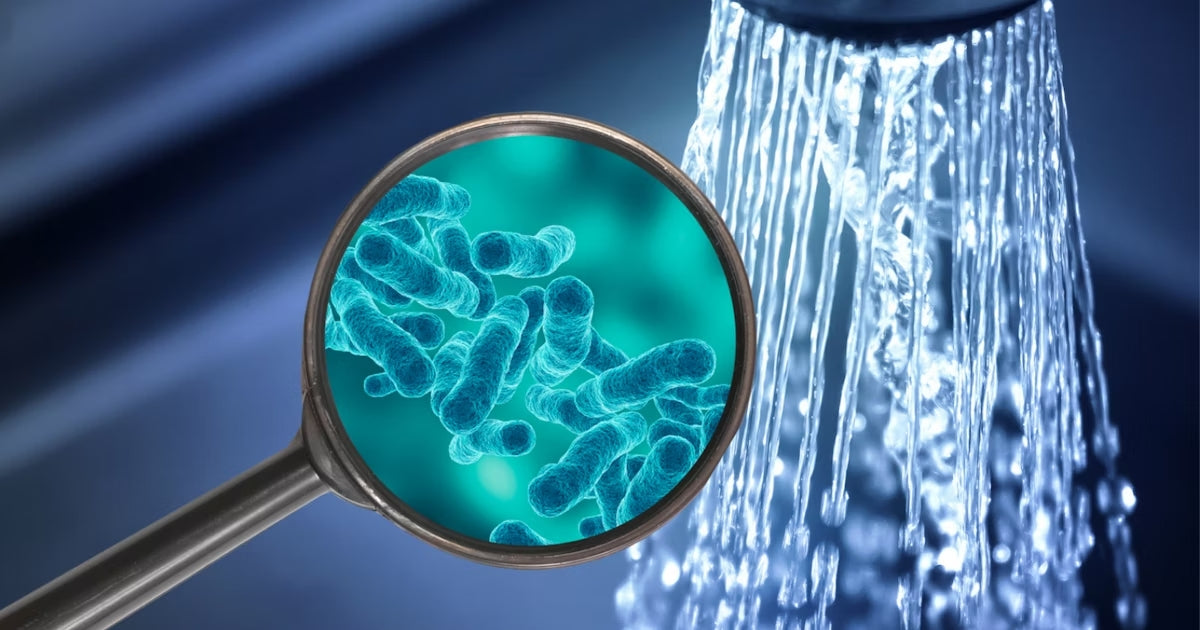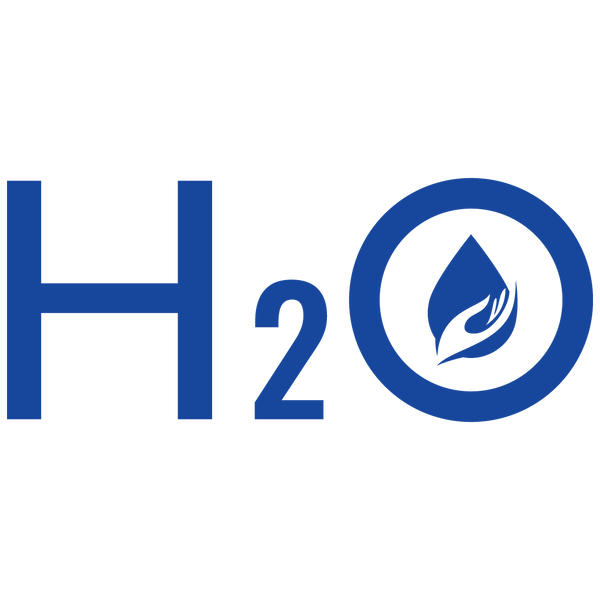
What is legionella?
Legionella is a bacterium that occurs naturally in freshwater environments such as lakes, rivers, and groundwater. However, in man-made systems such as water pipes, cooling towers, and hot tubs, the bacteria can multiply rapidly, especially at temperatures between 25°C and 55°C. When people inhale water droplets contaminated with Legionella, they can become ill. This can lead to legionellosis, which can range from a mild flu-like illness (Pontiac fever) to a severe pneumonia known as Legionnaires' disease.

History of legionella
Legionella was first discovered in 1976 in Philadelphia, USA, at a convention of veterans of the American Legion. Several attendees became seriously ill and developed a form of pneumonia that was unknown at the time. After extensive research, it was discovered that a previously unknown bacterium was the culprit. This bacterium was later named "Legionella" after the event where the first outbreak occurred.

Legionella in the Netherlands
In the Netherlands, legionella is also a serious problem. The first major outbreak occurred in 1999 during the Westfriese Flora in Bovenkarspel, where dozens of people became ill and more than twenty people died. Since then, legionella prevention has been an important point of attention for public buildings and priority institutions such as hospitals, nursing homes and campsites.
Types of Legionella
Legionella Pneumophila
The most dangerous strain is Legionella pneumophila . This strain is responsible for most cases of Legionnaires' disease and is the most common strain causing problems in water systems.
Legionella Non-Pneumophila
There are also other types of Legionella, referred to as Legionella non-pneumophila . Although these types cause illness less often and usually produce milder symptoms, they remain a health risk, especially for people with weakened immune systems.
Legionella growth
-
How Does Legionella Grow?
Legionella grows best in stagnant water at temperatures between 25°C and 55°C. This occurs, for example, in unused pipes, water tanks or other water storage systems that are not flushed regularly. In addition to temperature and stagnation, legionella also needs nutrients to grow, such as lime, rust or biological deposits.
-

How do you prevent legionella growth?
-
Regular Flushing
Ensure that water pipes are used and flushed regularly, especially after periods of inactivity. The contents of water pipes should be refreshed at least weekly, and at cold water temperatures >25 ° C even daily.
-
Temperature management
Keep hot water above 60°C and cold water below 25°C to prevent legionella growth. Check the temperatures in your installation monthly. Our advice is to use a digital management system such as Legionella Dossier .
-
Maintenance of Water Installations
Maintain your installation in accordance with Waterwerkblad 1.4 G. This includes checking backflow preventers, maintaining appliances and removing sediment from storage tanks of water heaters.
-
Guarantee safe water?
Install legionella filters at risky taps where aerosols are released, such as (squeeze) showers and spray taps. A legionella filter stops the bacteria and guarantees safe use for end users.

